2016年4月苏富比杂志出炉。选择【看见造物】创始人兼艺术总监朱哲琴作为封面人物,并向全球高端客户和藏家深度报道朱哲琴与【看见造物】的理念与历程,以及2016年为中国传统手艺特别定制的限量版作品。由此,【看见造物】也成为首个由苏富比杂志封面推荐的中国原创设计品牌。
——KANJIAN · Dadawa
In her latest venture, the tireless Chinese performer and entrepreneur brings together traditional craftsmanship and contemporary design. Ahead of a special selling exhibition at Sotheby’s Hong Kong, Payal Uttam met with the creative powerhouse.
Believe it or not, when I was born, my mother said my crying produced the best sound in the whole hospital nursery,” says the Chinese singer Dadawa with a smile. It is late morning and she is settling into a corner of the Foreign Correspondents’ Club in Hong Kong. Stylishly understated, she is dressed in an asymmetric black top with structured white trousers and hefty platform shoes. Barefaced, her hair pulled back simply, she looks nothing like the dramatic, otherworldly character on album covers known to millions of fans.
While she’s been dubbed China’s equivalent of Björk or Enya, such comparisons to Western pop stars fall flat. Occupying several worlds at once, Dadawa is no ordinary diva. Over the years, she has seamlessly blended a life as a singer, United Nations Goodwill Ambassador, artist, philanthropist, documentary filmmaker and social entrepreneur. Coursing through her career has been a passion for China’s heritage. “I think we’ve been selling our abilities for making things, but now people realise money isn’t enough,” she says. Her latest venture, Kanjian, is an artistic and social enterprise that aims to present a new face of the country. Launched in 2012 and headquartered in a studio in Beijing, Kanjian produces contemporary design objects that draw on forgotten traditions and thus helps to preserve ethnic minority cultures in China.
Not unlike her experimental music, which was ahead of its time, Dadawa’s endeavour has taken the design world by surprise, earning enthusiastic accolades at the few venues where it has been presented. Now Kanjian is about to be exposed to a broader audience, as Sotheby’s Hong Kong unveils a selection of limited-edition works in the selling exhibition Asian Design: China, Japan, Korea, running 2 to 6 April. More than 50 Kanjian objects will be on display, from silver and gold teapots to Song dynasty-inspired lacquerware bowls. Standout items include a ceramic set titled Pottery Pot No. 1 (Ash GlazeVersion), with a design that breaks from convention. It features striking cups with a circular rim and square base and an eye-catching teapot with a spout placed in the centre of its body, symbolising individual freedom unfettered by societal rules.
Also stunning is a pair of Cell vases by Michael Young. Breathing new life into the ancient tradition of cloisonné, Young created the two orblike forms in vivid red and white, a design that evokes cells under a microscope. “We helped him work with a Beijing workshop that had been producing cloisonné since the Qing dynasty,” she explains. “The craftsmen were surprised because they had never done anything like that.”
From an early age, Dadawa yearned to explore her country’s culture. Born in the coastal city of Guangzhou and with the name Zhu Zheqin, she was a creative child who gravitated toward music and art. She remembers being fascinated by Chinese propaganda opera as early as the age of four. “We lived in a city-government compound, and every week they showed films in the open air. So I started to carry a small stool to watch every time,” she recalls. “I was so in love with the films that after a few months I could repeat the lines.” By seven, she had a spot in a renowned children’s choir and devoted her weekends to singing lessons.
Despite disapproval from her parents and peers, Dadawa was adamant about pursuing a career in music. Upon winning a national competition, she was discovered by composer He Xuntian and had the chance to head north.
A journey to Tibet in the 1990s changed her life: “I was part of the ‘non-believers’ generation,” she explains. As a result, when she was travelling in Tibet and approached spiritual and religious spots, she recalls, “I got a great shock.” She was immediately entranced by the local culture, Buddhist practices and folk music, which informed her debut album Sister Drum.
Warner Music released the album in 1995, at which point she became known by her new moniker, Dadawa. “When I travelled to Europe, people couldn’t really say my name. Zhu Zheqin is very difficult,” she explains. “Dawa means ‘moon’ in Tibetan and I was fascinated by Dadaism, so I put these two concepts together.” The easy pronunciation meant that, just like her music, her name transcended language barriers. Ethereal, mystical and unexpected, her songs were received rapturously worldwide. It was the first time in more than four decades that a Chinese album saw a global launch. “Many were very surprised, because in the early 1990s people were thinking of following trends from New York and London. But I went the opposite way, to seek out our spiritual values,” she says.
While Dadawa was pushing boundaries in music, her peers in the art scene were also breaking new ground. “But at that time, the Chinese contemporary art world was really lonely and underground. It had nothing to do with money,” she recalls. “Not too many people from the music scene got close to it.” Yet Dadawa was a regular on the exhibition circuit and moved in the same circles as the now famous Xu Bing and Zhang Xiaogang, artists with whom she would soon collaborate. “I’m a person who has always worked in a crossover way since very early,” she explains. “That’s the way I produce music and produce art.”
“I THINK WE’VE BEEN SELLING OUR ABILITIES FOR MAKING THINGS BUT NOW PEOPLE REALISE MONEY ISN’T ENOUGH.”
DADAWA
Blazing an independent path, Dadawa ignored the lines of demarcation among disciplines and began working with an array of talents, enlisting film directors to shoot her music videos and collaborating with the likes of Hong Kong-based graphic designer Alan Chan, celebrated stylist Li Dongtian and maverick fashion designer Ma Ke. Looking farther afield, Dadawa worked with American dancer and choreographer Meredith Monk and her company on a production in 2000. And the singer later incorporated artwork by Xu Bing, Zhang Xiaogang and others into her stage sets.
Kanjian was born out of a similar impulse to tear down barriers and channel her creativity – in the design world this time. Dadawa formed the company with Athens-based architect Chi Wing Lo and with Ross Urwin, design agency Infrastructure’s creative director. Their primary aim was to reinvigorate traditional Chinese craftsmanship while supporting the communities where it is being practised. “The brand is more like a platform to unite handicraft masters and [contemporary] designers,” she says. To ensure the skills survive, Kanjian donates ten per cent of all profits to the 1+5 Heritage Project, which provides funding for folk art masters to train a new generation of young artists.
KANJIAN has its roots in Dadawa’s 2009 work with the United Nations Development Programme (UNDP), for which she served as a Goodwill Ambassador and travelled for months across remote provinces of China, Tibet and Mongolia. Her mission was to re-empower craftspeople and to help save dying arts. “[We wanted to develop] their confidence in their own identity so they wouldn’t have to be construction workers in a big city or learn how to become computer workers,” she says. “If they can use their own skill and earn their own income, then the culture and heritage can continue.” Not only did she document the little-known music traditions of minority groups, but she also studied exquisite handicraft cultures with a team of designers. From Shiqing papermaking to silversmithing in Miao villages, her discoveries were astonishing. So when her tenure as UNDP ambassador ended, Dadawa decided to continue to do fieldwork through Kanjian.
For her first personal trip in 2013, she rallied a team of designers including Tom Dixon, Michael Young, Chi Wing Lo, Jeff Shi and Rosanna Hu, with whom she journeyed into China and Mongolia. “We visited places like Suzhou and Hangzhou. All these parts have been the biggest areas for handicraft since the Song dynasty,” she says. The group of international luminaries drew inspiration from local craftsmen. What resulted was a stunning collection of items ranging from innovative lacquer tableware to minimalist black pottery.
The following year, Kanjian showcased these objects during Milan Design Week, a huge achievement for such a young brand. “It’s hard to get in because it’s a really serious design show, but when we sent our exhibition
plan, they were so impressed by what we were trying to do,” she says.
The exposure in Milan had a snowball effect. In particular, Chi Wing Lo’s Tease Stone Screen took home a string of accolades, including the top award at the 2014 World Crafts Council, an organisation recognised by UNESCO. The elegant circular silk screen was the result of a discovery made during the group’s journey across China. While visiting Suzhou, Lo became fascinated with the city’s double-sided embroidery and silk-making traditions dating from the Song dynasty. Working with craftswomen in a Suzhou embroidery workshop, he had them sew two crabs inspired by a Qi Baishi ink painting onto the screen. What resulted was a clever union of past and present.
“The double-sided embroidery technique is really sophisticated and precise,” explains Dadawa. “It means that two people sitting on different sides embroider together, and they come out with different patterns and colours. It’s really beautiful. We are letting some of the traditional craftspeople talk with modern [designers], so that Song dynasty embroidery enters into a dialogue with silk digital printing.”
Reimagining and revitalising age-old techniques is at the heart of Kanjian’s work. “Actually, these old skills can inform modern styles and still be used in pretty amazing ways today,” says Dadawa. For example, an iconic Fender electric guitar, customised using lacquer workmanship, brings together traditional artisanal craft and contemporary technology. Dadawa explains that lacquer wasn’t simply used for boxes or bowls; its strength led to its use as a protective layer for armour and uniforms. “I want our traditions to be of value to the modern world,” Dadawa adds. “That will help them survive.”
“I think China should not be a place that is satisfied with what our ancestors have done before or with following the West. We should create something new,” she continues. “I hope Kanjian can be the messenger to bring this new wave, this new character to the world.” Asked if she feels she’s come full circle – given that her music, in many ways, heralded a new wave – she nods her head silently. “I think it’s connected,” she answers. Reflecting on her career as a singer, Dadawa says she’s always dealt with the intangible. “Today people concentrate on what you can see and what has a certain function, but for me the most powerful resource in life is something invisible,” Dadawa says, referring to music. While her songs take listeners on a journey and expose them to spiritual themes, she says, “Kanjian goes through materials to convey a spiritual message.” Recalling a recent encounter with an Anish Kapoor sculpture, she explains that although it was a piece of metal, it captivated her attention and stirred emotions inside her: “It was nothing to do with the material. It’s more about a feeling, something abstract and really powerful.” She believes Kanjian objects will have a similar capacity to move people.
“We want to work with different designers – it’s not like a private brand. It’s an open platform for those people who are interested in creating a new Chinese character together. Not only the Chinese themselves, but also people from all over the world.”
Payal Uttam is a Hong Kong-based journalist who covers art and culture for CNN, The Wall Street Journal, The Art Newspaper and Artforum, among other publications.
【如何购买】
您可以前往【看见造物】全国买手店进行购买,或直接与【看见造物】联络购买。
成都:
方所:成都市锦江区中纱帽街8号成都远洋太古里M68-70号铺。
厦门:
大家家居:厦门市会展中心旁建发国际大厦JFC二楼(环岛东路1699号)
【联络我们】
看见民艺创意文化(北京)有限公司
Kanjianminyi Creative Culture (Beijing) Co. Ltd.
ADD:北京市朝阳区建国路89号华贸商务楼16号606室 100025
T:+86(10)520366160000
F:+86(10)52036616
Email:info@kanjiancreation.com
官方微博 Weibo:@看见造物
官方微信 WeChat: kanjianminyiwx

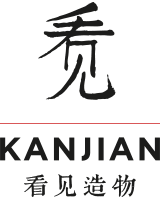
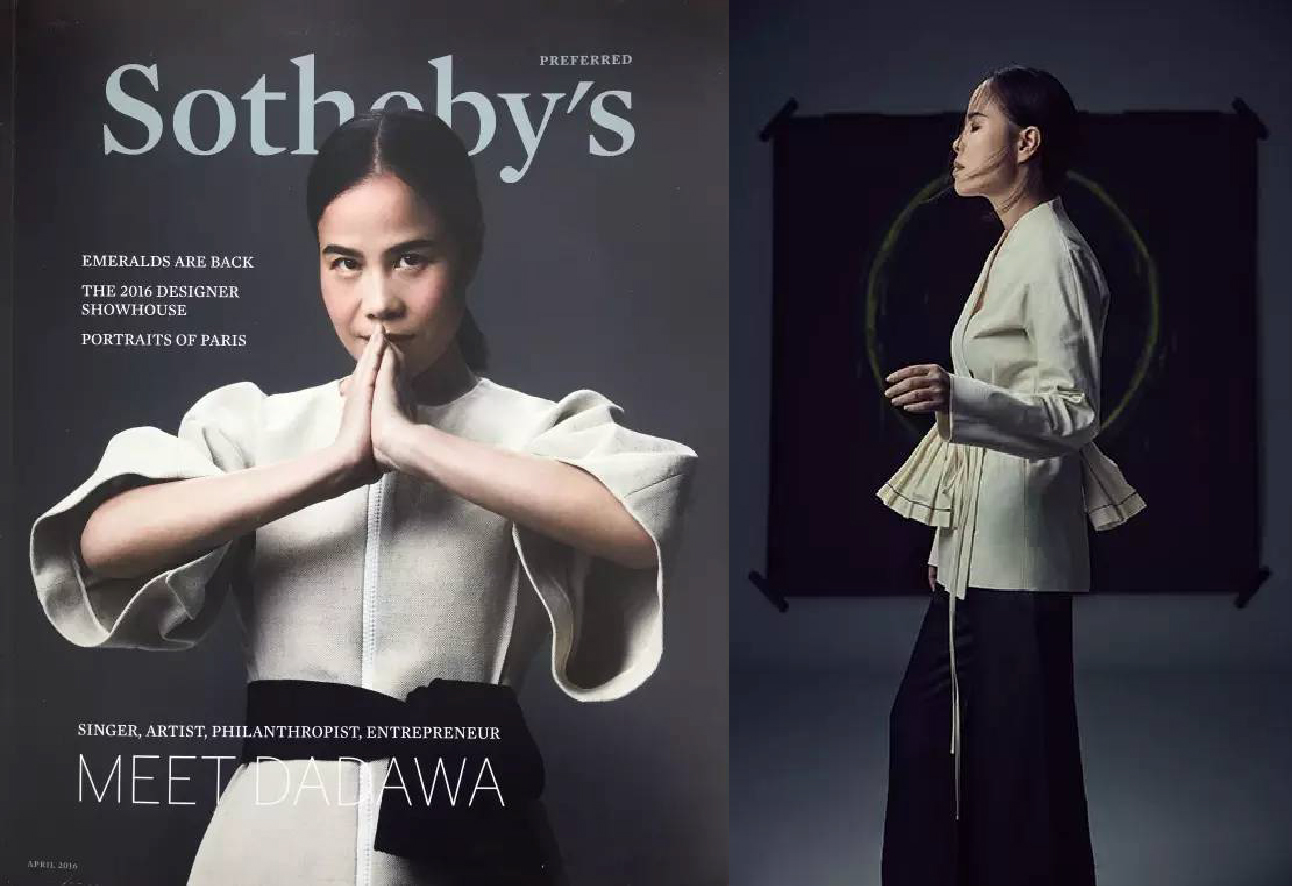

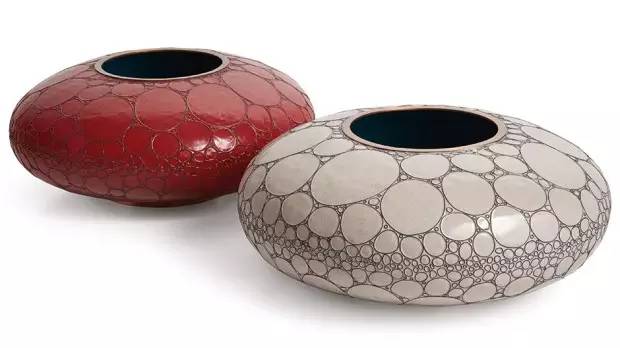
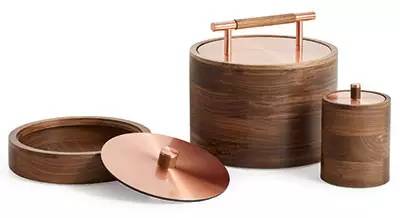
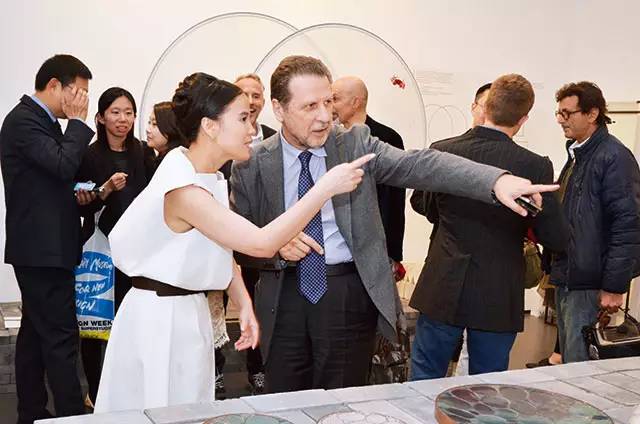
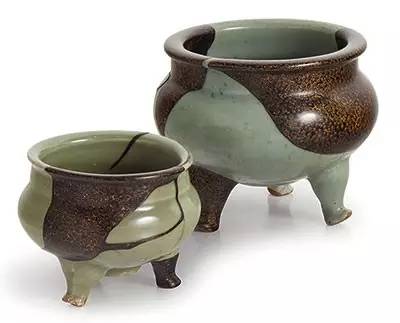

 |
|